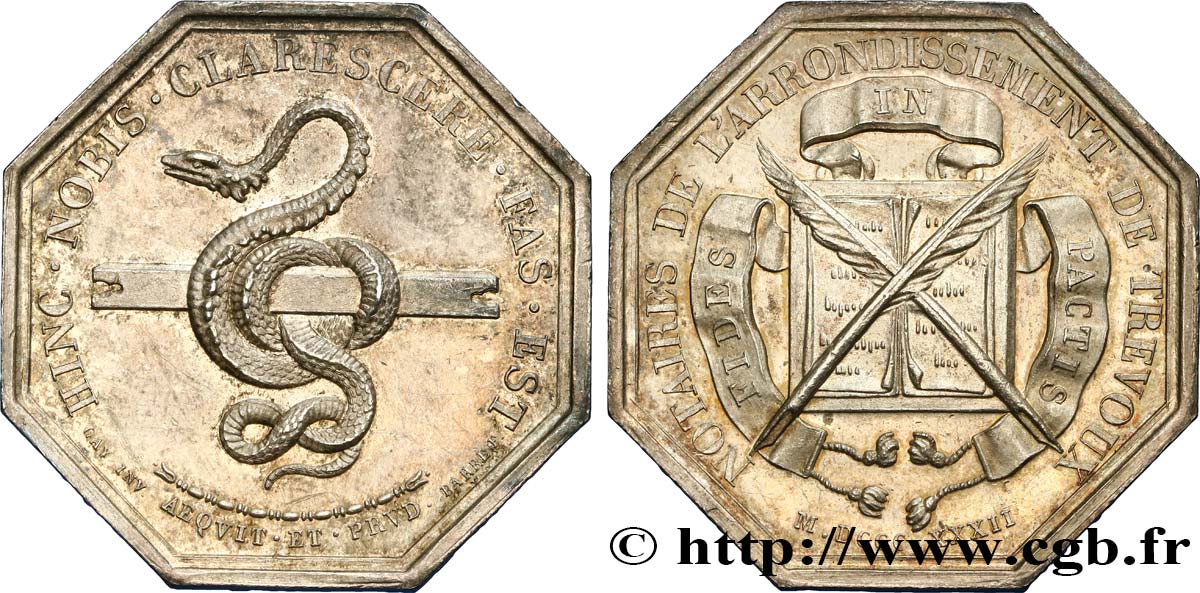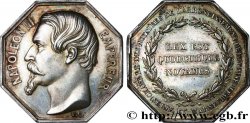E-auction 206-134197 - fjt_080838 - 19TH CENTURY NOTARIES (SOLICITORS AND ATTORNEYS) Notaires de Trévoux 1832
You must signin and be an approved bidder to bid, LOGIN TO BID. Accounts are subject to approval and the approval process takes place within 48 hours. Do not wait until the day a sale closes to register. Clicking on « bid » constitutes acceptance of the terms of use of cgb.fr private e-auctions.
Bids must be placed in whole Euro amounts only. The sale will start closing at the time stated on the item description; any bids received at the site after the closing time will not be executed. Transmission times may vary and bids could be rejected if you wait until the last second. For further information ckeck the E-auctions F.A.Q.
NO BUYER'S FEE.
NO BUYER'S FEE.
| Estimate : | 95 € |
| Price : | 57 € |
| Maximum bid : | 58 € |
| End of the sale : | 27 March 2017 17:58:30 |
| bidders : | 11 bidders |
Type : Notaires de Trévoux
Date: 1832
Metal : silver
Diameter : 31,5 mm
Orientation dies : 12 h.
Edge : lisse
Puncheon : corne ARGENT
Rarity : R1
Coments on the condition:
Exemplaire splendide
Catalogue references :
Obverse
Obverse legend : HINC. NOBIS. CLARESCERE. FAS. EST// AEQVIT. ET. PRVD.
Obverse description : Serpent enroulé autour d'un barreau à tréfiler au dessus d'une chaînette, signature : GAY INV. - BARRE F..
Obverse translation : (Par celà, nous pouvons éclairer - Equité et Prudence).
Reverse
Reverse legend : NOTAIRES DE L'ARRONDISSEMENT DE TREVOUX// FIDES IN PACTIS// M. DCCC. XXXII.
Reverse description : Documents sur un socle sous deux plumes d'oies en sautoir et entourés d'une banderole inscrite.
Reverse translation : (Fidélité dans les accords).
Commentary
L'une des activités principales de Trévoux, vieille ville d'origine romaine qui eût son propre parlement, était le tréfilage de métaux précieux.








 Report a mistake
Report a mistake Print the page
Print the page Share my selection
Share my selection Ask a question
Ask a question Consign / sell
Consign / sell
 Full data
Full data



